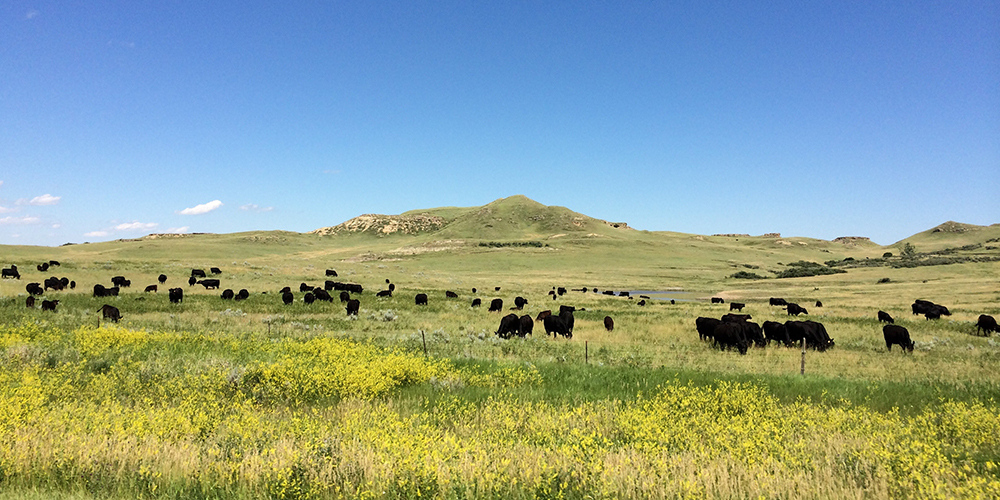Navigating Company Risks with Bagley Risk Management
Secret Aspects to Consider When Picking Livestock Danger Protection (LRP) Insurance Coverage
When reviewing alternatives for Livestock Risk Protection (LRP) insurance coverage, a number of crucial variables call for cautious factor to consider to ensure efficient threat administration in the farming field. Choosing the right insurance coverage alternatives customized to your particular livestock operation is paramount, as is understanding just how exceptional expenses correlate with the degree of protection provided. In addition, the eligibility requirements for various sorts of animals and the versatility of the plan to adapt to changing scenarios are critical aspects to weigh. The efficiency and transparency of the cases process can substantially impact the total experience and monetary end results for livestock manufacturers. By purposefully navigating these essential factors, manufacturers can guard their financial investments and alleviate possible threats properly.
Protection Options
When taking into consideration Animals Threat Protection (LRP) insurance policy, it is vital to comprehend the numerous protection options available to minimize dangers in the agricultural field. Livestock Risk Security (LRP) insurance offers different protection choices customized to satisfy the varied needs of livestock manufacturers.
Another crucial protection alternative is the endorsement period, which establishes the length of time the coverage holds. Producers can choose the recommendation duration that finest fits their production cycle and market conditions. Furthermore, protection levels and prices vary based on the kind of livestock being insured, giving manufacturers the flexibility to tailor their insurance policy plans according to their certain demands.
Recognizing the various coverage choices offered under Livestock Threat Protection (LRP) insurance policy is vital for producers to make educated decisions that effectively protect their animals procedures from market unpredictabilities.
Premium Prices

Animals Threat Defense (LRP) insurance policy offers necessary coverage alternatives tailored to mitigate dangers in the farming field, with a significant element to take into consideration being the estimation and structure of premium costs. When figuring out premium prices for LRP insurance, a number of elements come into play. These include the type and number of animals being guaranteed, the coverage level selected, the current market rates, historical price data, and the size of the coverage period. Insurers might also consider the area of the farm, as geographic aspects can impact the overall threat profile.
Premium prices for LRP insurance coverage are commonly determined based on actuarial data and take the chance of evaluation versions. Insurance companies examine historic information on animals rates and manufacturing prices to figure out a suitable costs that mirrors the degree of risk involved. It is crucial for animals producers to very carefully review premium prices and protection alternatives to guarantee they are appropriately safeguarded against potential economic losses as a result of negative market problems or unanticipated occasions. By understanding exactly how exceptional prices are calculated and structured, producers can make informed decisions when choosing the appropriate LRP insurance policy for their operation.
Qualified Livestock
The resolution of eligible livestock for Livestock Threat Security (LRP) insurance policy coverage includes careful consideration of certain criteria and characteristics. Livestock types that are generally eligible for LRP insurance policy consist of feeder cattle, fed swine, cattle, and lambs.
Feeder cattle, for example, are typically qualified for LRP coverage if they fall within specified weight arrays. Lambs are another group of livestock that can be taken into consideration for LRP insurance coverage, with aspects such as weight and age playing an important function in identifying their eligibility.
Prior to picking LRP insurance for livestock, producers must very carefully assess the eligibility standards laid out by the insurance supplier to ensure their pets meet the required needs for coverage.
Policy Versatility
Policy adaptability in Livestock Risk Defense (LRP) insurance policy enables manufacturers to customize coverage to suit their specific requirements and Source risk monitoring techniques. This adaptability encourages livestock producers to tailor their insurance plans based on variables such as the type of animals they have, market conditions, and specific risk tolerance levels. By offering personalized options, LRP insurance coverage allows producers to successfully manage their threat direct exposure while securing their animals operations against unexpected market volatility.
Cases Refine
Upon experiencing a loss or damage, manufacturers can launch the claims procedure for their Livestock Threat Protection (LRP) insurance policy by immediately contacting their insurance supplier. It is essential for producers to report the loss asap to accelerate the claims process. When connecting to the insurance provider, producers will certainly require to provide in-depth information regarding the event, consisting of the day, nature of the loss, and any read this article kind of pertinent documentation such as vet documents or market rates.

After the assessment is complete, the insurance provider will choose concerning the claim and connect the result to the manufacturer. The producer will get payment according to the terms of their Animals Threat Security (LRP) insurance coverage plan if the case is authorized. It is vital for manufacturers to be familiar with the cases process to make sure a smooth experience in the occasion of a loss

Final Thought
In final thought, when selecting Animals Danger Protection (LRP) insurance coverage, it is necessary to think about coverage options, premium expenses, qualified livestock, policy flexibility, and the claims procedure. These essential aspects will help make sure that farmers and herdsmans are appropriately shielded against prospective dangers and losses linked with their livestock procedures. Making a notified decision based on these considerations can ultimately cause better economic safety and satisfaction for animals producers.
Livestock Risk Protection (LRP) insurance policy uses different protection options tailored to satisfy the varied demands see this website of livestock manufacturers.The determination of eligible animals for Livestock Risk Defense (LRP) insurance coverage involves careful factor to consider of details requirements and attributes.Policy versatility in Animals Threat Protection (LRP) insurance policy enables manufacturers to tailor coverage to fit their certain needs and risk administration methods.Upon experiencing a loss or damage, manufacturers can launch the insurance claims process for their Livestock Risk Security (LRP) insurance by promptly calling their insurance policy carrier.In verdict, when picking Animals Danger Protection (LRP) insurance, it is crucial to take into consideration protection options, premium costs, eligible animals, policy adaptability, and the insurance claims process.